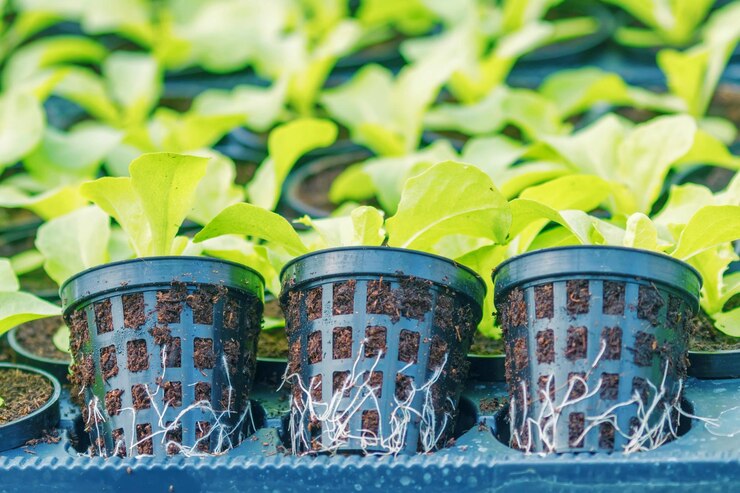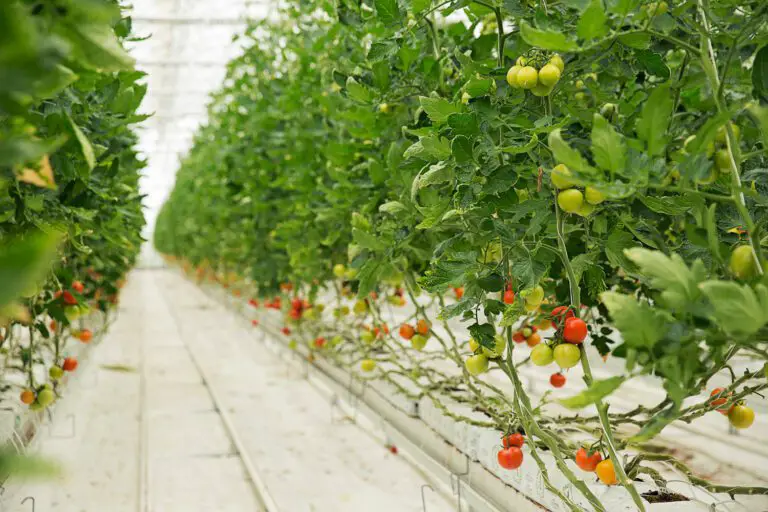Net Cup Sizing Guide for Efficient Hydroponic Systems
Table of Contents
The Role of Net Cups in Hydroponics: Exploring the significance of net cups in creating efficient hydroponic systems.
Net cups play a crucial role in creating efficient hydroponic systems by providing structural support for plants and facilitating optimal nutrient absorption. These specially designed containers, typically made from durable materials like plastic or mesh, allow the roots to grow through the cup and into the nutrient solution, ensuring direct access to vital nutrients.
One of the key benefits of net cups is their ability to promote excellent oxygenation within the hydroponic system. The holes and perforations in the cup allow for increased airflow to the roots, preventing the build-up of excess moisture and promoting healthy root development. This enhanced oxygenation encourages stronger and more vigorous plant growth, leading to higher yields and better overall system efficiency.
The significance of net cups in hydroponic systems cannot be overstated. Their design and functionality contribute to the success of growing plants without soil by providing essential support, facilitating nutrient uptake, and promoting optimal oxygenation. By choosing the right net cups for your hydroponic setup, you can set the stage for healthy plant growth and maximize the efficiency of your system. Now, let’s delve deeper into the various types of net cups available and their suitability for different hydroponic configurations.
– Net cups provide structural support for plants in hydroponic systems
– They allow roots to grow through the cup and into the nutrient solution, ensuring direct access to vital nutrients
– Net cups promote excellent oxygenation within the system by allowing increased airflow to the roots
– This prevents excess moisture build-up and promotes healthy root development
– Enhanced oxygenation leads to stronger and more vigorous plant growth, resulting in higher yields and better overall system efficiency
– The design and functionality of net cups are essential for successful soil-less plant growth in hydroponics
– Choosing the right net cups for your setup is crucial for maximizing efficiency
Different Types of Net Cups: An overview of the various net cup options available and their suitability for different hydroponic setups.
Net cups are a crucial component in hydroponic systems, as they provide support and allow for the efficient circulation of nutrients and water to the plant roots. There are different types of net cups available, each with its own unique design and features. One popular option is the plastic net cup, which is lightweight, durable, and allows for ample airflow to the roots. These cups often have slotted sides or open bottoms to promote drainage and prevent waterlogging. Another common type is the fabric or mesh net cup, which is known for its excellent aeration and drainage qualities. This type of cup is often preferred for larger plants with extensive root systems, as the fabric material helps prevent the roots from becoming tangled and promotes healthier plant growth. Lastly, there are also foam net cups, which provide excellent insulation and are particularly useful in cold or outdoor hydroponic setups. Ultimately, the choice of net cup depends on the specific needs and requirements of your hydroponic system, as well as the size and type of plants you are growing. By selecting the right net cup, you can ensure optimal nutrient uptake and healthy plant development throughout the growth cycle.
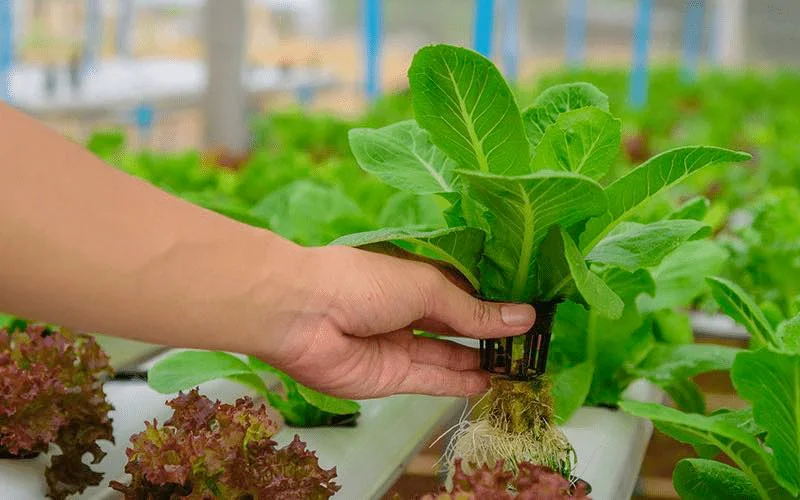
In addition to considering the type of net cup, it is important to select the appropriate size based on your specific hydroponic setup and the size of your plants. Net cup sizes typically range from 1.5 inches to 6 inches in diameter, with smaller cups suitable for smaller plants like herbs and lettuce, and larger cups better suited for larger plants like tomatoes or cucumbers. Using a net cup that is too small can restrict root growth and lead to root-bound plants, while using a net cup that is too large may result in wasted space and inefficient water and nutrient distribution. To determine the correct size, it is recommended to consider the mature size of your plants, as well as the spacing requirements in your hydroponic system. By selecting the appropriate net cup size, you can optimize plant growth and ensure a productive and thriving hydroponic garden.
• Plastic net cups: lightweight, durable, and allow for ample airflow to the roots
– Slotted sides or open bottoms promote drainage and prevent waterlogging
• Fabric or mesh net cups: excellent aeration and drainage qualities
– Preferred for larger plants with extensive root systems
– Prevents roots from becoming tangled and promotes healthier plant growth
• Foam net cups: provide excellent insulation
– Particularly useful in cold or outdoor hydroponic setups
• Choice of net cup depends on specific needs and requirements of your hydroponic system
– Size and type of plants being grown should be considered
Selecting the appropriate size of net cup is crucial for optimal plant growth:
• Net cup sizes range from 1.5 inches to 6 inches in diameter
– Smaller cups suitable for smaller plants like herbs and lettuce
– Larger cups better suited for larger plants like tomatoes or cucumbers
• Using a net cup that is too small can restrict root growth and lead to root-bound plants
• Using a net cup that is too large may result in wasted space and inefficient water distribution
• Consider mature size of your plants when determining correct size
as well as spacing requirements in your hydroponic system
Factors to Consider When Choosing Net Cups: A guide to the key aspects you should consider when selecting the right net cups for your hydroponic system.
When it comes to selecting the right net cups for your hydroponic system, there are several important factors to consider. Firstly, you need to think about the size and type of plants you will be growing. Different plants have varying root structures and growth patterns, so it is crucial to choose net cups that can accommodate their specific needs.
Another aspect to consider is the durability and quality of the net cups. Your hydroponic system will be exposed to water, nutrients, and potential wear and tear on a daily basis. Therefore, opting for net cups made from sturdy materials, such as high-density plastic, can ensure they withstand the demands of the system and provide long-lasting support for your plants.
Furthermore, the design and structure of the net cups should also be taken into account. Look for cups with sufficient drainage holes to prevent waterlogging and promote good air circulation around the roots. Additionally, consider net cups with reinforced rims that allow for easy handling and prevent damage during transplanting or system maintenance. These factors combined will help ensure the net cups you choose are well-suited to your hydroponic system and provide an optimal environment for your plants to thrive.
• Size and type of plants: Consider the root structures and growth patterns of your plants to choose net cups that can accommodate their needs.
• Durability and quality: Opt for net cups made from sturdy materials like high-density plastic to withstand daily exposure to water, nutrients, and wear and tear.
• Design and structure: Look for net cups with sufficient drainage holes to prevent waterlogging and promote good air circulation. Consider cups with reinforced rims for easy handling and prevention of damage during transplanting or system maintenance.
Below, is a table that summarizes the factors to consider when choosing net cups for hydroponic systems:
| Factor | Description |
|---|---|
| Size | The size of the net cup should match the size of the plant and the hydroponic system. Smaller net cups (1-3 inches) are suitable for smaller plants like lettuce or basil, while larger net cups (4-10 inches) are needed for bigger plants like tomatoes or peppers. |
| Material | The material of the net cup should be safe, durable, and environmentally friendly. Plastic net cups are the most common, but they should be made of food-grade plastic such as high-density polyethylene (HDPE) or polypropylene (PP). Avoid using net cups that contain harmful chemicals like bisphenol A (BPA) or phthalates. |
| Design | The design of the net cup should allow for adequate drainage, aeration, and support for the plant roots. The net cup should have enough holes or slits to let the nutrient solution flow through, but not too many that the growing medium falls out. The net cup should also have a lip or rim that can fit securely into the hydroponic system. |
Understanding Net Cup Sizes: A comprehensive explanation of net cup sizing and its impact on plant growth and overall system efficiency.
Net cup sizing is a critical factor in hydroponic systems as it directly impacts plant growth and overall system efficiency. When it comes to net cups, size matters. The size of the net cup determines the amount of space available for the plant’s roots to spread and access vital nutrients and water.
A proper net cup size allows for optimal root development, ensuring adequate oxygenation and nutrient uptake. If the net cup is too small, the roots may become cramped, leading to restricted growth and potentially inhibiting nutrient absorption. On the other hand, if the net cup is too large, the roots may not have enough support, impacting stability and potentially hindering nutrient absorption as well.
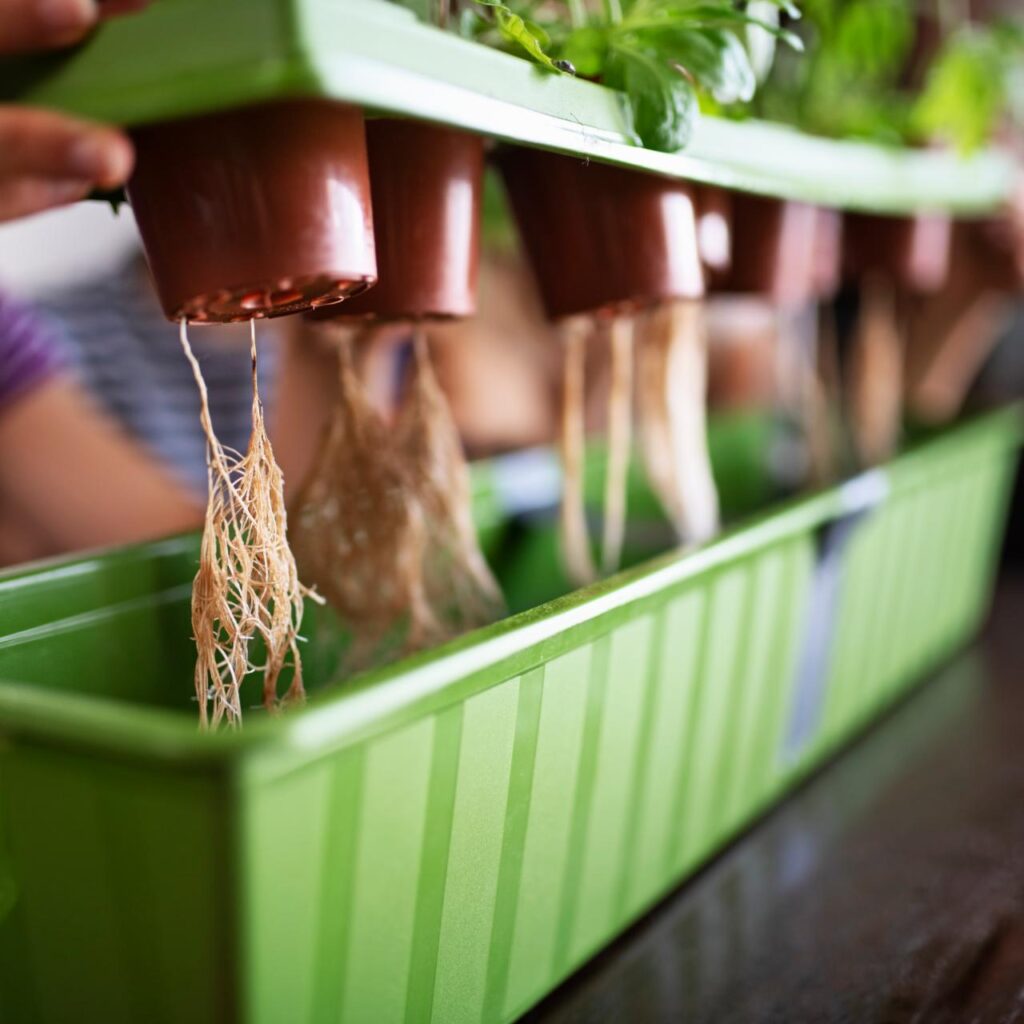
Furthermore, net cup sizing plays a crucial role in overall system efficiency. A well-sized net cup promotes efficient water circulation, preventing excess accumulation and minimizing the risk of root rot. Proper sizing also facilitates ease of transplanting and reduces the likelihood of transplant shock, ensuring a smoother and more successful transition for the plants. Ultimately, understanding net cup sizing is essential for maximizing plant growth, optimizing nutrient uptake, and enhancing the overall performance of hydroponic systems.
• A proper net cup size allows for optimal root development, ensuring adequate oxygenation and nutrient uptake.
• If the net cup is too small, the roots may become cramped, leading to restricted growth and potentially inhibiting nutrient absorption.
• If the net cup is too large, the roots may not have enough support, impacting stability and potentially hindering nutrient absorption as well.
• Net cup sizing plays a crucial role in overall system efficiency by promoting efficient water circulation and preventing excess accumulation.
• Proper sizing facilitates ease of transplanting and reduces the likelihood of transplant shock.
• Understanding net cup sizing is essential for maximizing plant growth, optimizing nutrient uptake, and enhancing the overall performance of hydroponic systems.
The Relationship Between Plant Size and Net Cup Size: Examining the correlation between plant size and the appropriate net cup size for optimal growth.
Plant size plays a crucial role in determining the appropriate net cup size for optimal growth in a hydroponic system. A net cup that is too small can restrict root development and hinder the plant’s ability to absorb nutrients and water. On the other hand, a net cup that is too large may not provide enough support for the plant, leading to instability and potential damage.
To ensure a harmonious relationship between plant size and net cup size, it is essential to consider the specific requirements of the plant species being cultivated. Different plants have varying root systems, growth habits, and support needs. For instance, larger, vining plants with extensive root systems, such as tomatoes or cucumbers, typically require larger net cups to accommodate their growth and provide ample support.
Conversely, smaller plants with delicate root systems, such as herbs or lettuces, may thrive in smaller net cups. By selecting the appropriate net cup size based on the plant’s size and root structure, gardeners can create an optimal environment for growth and ensure that the plant receives the necessary support to flourish in a hydroponic system.
• Net cup size should be proportional to plant size to ensure optimal growth in a hydroponic system.
• A net cup that is too small can restrict root development and hinder nutrient absorption.
• A net cup that is too large may not provide enough support for the plant, leading to instability and potential damage.
• Different plants have varying root systems, growth habits, and support needs.
• Larger plants with extensive root systems, such as tomatoes or cucumbers, typically require larger net cups for adequate growth and support.
• Smaller plants with delicate root systems, such as herbs or lettuces, may thrive in smaller net cups.
• Selecting the appropriate net cup size based on the plant’s size and root structure creates an optimal environment for growth.
Below is a table that shows the relationship between plant size and net cup size in hydroponics for few common crops.
| Crop | Plant Size | Net Cup Size (inches) |
|---|---|---|
| Lettuce | Small | 1 – 3 |
| Kale | Small | 1 – 3 |
| Strawberry | Small | 1 – 3 |
| Tomato | Large | 5 – 10 |
| Pepper | Large | 5 – 10 |
Benefits of Using the Correct Net Cup Size: Highlighting the advantages of using the right net cup size, including improved nutrient uptake and reduced transplant shock.
Using the correct net cup size in your hydroponic system can offer numerous advantages, leading to improved nutrient uptake and reduced transplant shock. One of the key benefits is the optimal support and stability provided to the plants. When the net cup is the right size, it allows the roots to grow freely without becoming cramped or entangled. This ensures that each plant has adequate space to develop a robust root system, promoting healthier growth and overall plant vitality.
Additionally, using the correct net cup size facilitates efficient nutrient absorption. A properly sized net cup allows for optimum contact between the roots and the nutrient solution, enabling the plants to absorb the necessary elements for growth. This enhanced access to nutrients significantly improves nutrient uptake efficiency, leading to healthier plants with increased vigor and higher yields in the long run. Furthermore, the improved oxygenation and aeration around the roots due to the appropriate net cup size further enhance nutrient absorption and overall plant health.
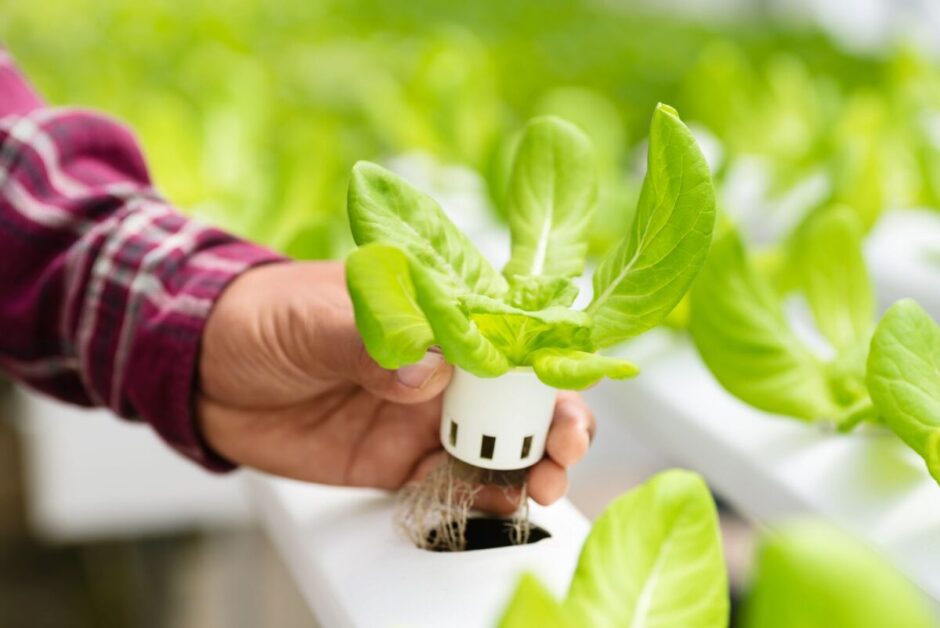
• Optimal support and stability for plants
• Allows roots to grow freely without becoming cramped or entangled
• Promotes development of robust root system
• Enhances overall plant vitality and growth
• Facilitates efficient nutrient absorption
• Allows for optimum contact between roots and nutrient solution
• Improves nutrient uptake efficiency
• Leads to healthier plants with increased vigor and higher yields
• Improved oxygenation and aeration around roots
due to appropriate net cup size
further enhances nutrient absorption
and overall plant health.
Avoiding Common Mistakes in Net Cup Sizing: Identifying common errors and misconceptions when determining the appropriate net cup size for hydroponic systems.
When it comes to selecting the appropriate net cup size for your hydroponic system, it is essential to avoid common mistakes and misconceptions that can negatively impact plant growth and overall system efficiency. One common mistake is choosing net cups that are too small for the plants being grown. This can lead to root crowding and restricted nutrient uptake, ultimately stunting the plants’ development. Similarly, opting for net cups that are too large may result in excessive moisture retention, leading to root rot and fungal diseases.
Another mistake to avoid is underestimating the importance of considering the mature size of the plants. Many gardeners make the error of selecting net cups based solely on the current size of the seedlings or transplants. However, as plants grow, their root systems expand, and if the net cup is too small to accommodate this growth, the plants will become root-bound and inhibited in their development. It is crucial to research and understand the expected size of the plants at maturity to make an informed decision when choosing the appropriate net cup size.
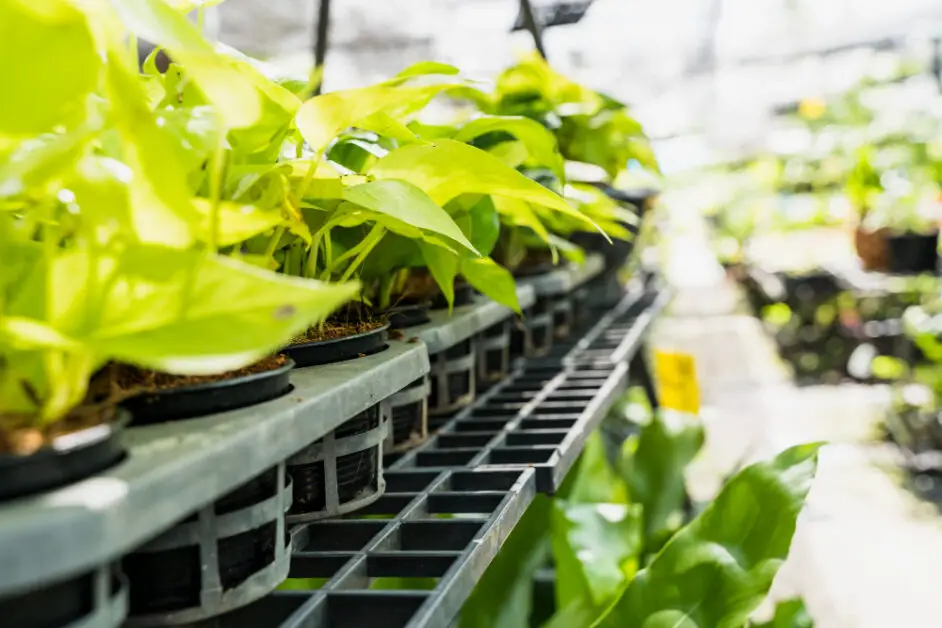
By avoiding these common mistakes, you can ensure that your hydroponic system operates at its optimum level. Selecting the right net cup size based on the plants’ needs will promote healthy root development, efficient nutrient uptake, and overall growth. In the following sections, we will delve deeper into the factors to consider when choosing net cups and the relationship between plant size and net cup size, providing you with a comprehensive guide to successfully navigate the world of net cup sizing in hydroponics.
• Choosing net cups that are too small for the plants can lead to root crowding and restricted nutrient uptake, stunting plant development.
• Opting for net cups that are too large may result in excessive moisture retention, leading to root rot and fungal diseases.
• Considering the mature size of the plants is crucial when selecting net cup size, as their root systems expand as they grow.
• Underestimating plant size can lead to plants becoming root-bound and inhibited in their development.
• Researching and understanding the expected size of plants at maturity is essential for informed decision-making in net cup sizing.
By avoiding these common mistakes, your hydroponic system will operate optimally. Selecting the right net cup size based on plant needs promotes healthy root development, efficient nutrient uptake, and overall growth. In the following sections, we will explore factors to consider when choosing net cups and discuss the relationship between plant size and net cup size. This comprehensive guide will help you navigate successfully through the world of net cup sizing in hydroponics.
Calculating Net Cup Sizes for Different Plant Varieties: Providing a step-by-step guide to calculating the ideal net cup size based
Calculating the ideal net cup size for different plant varieties is crucial for ensuring optimal growth and productivity in your hydroponic system. By choosing the right size, you can provide adequate support and space for the plants’ root systems, allowing them to access the necessary nutrients and oxygen efficiently.
To calculate the ideal net cup size, you need to consider two main factors: the root system size and the space required for water circulation. Firstly, measure the diameter of the root ball or the root system of the plant you want to grow. This measurement will help you determine the minimum size of the net cup needed to accommodate the roots. It is important to leave some room for the roots to expand and develop.
Additionally, you should consider the space required for water circulation within the system. A rule of thumb is to choose a net cup that provides enough space for water to flow and aerate the roots properly. A larger net cup allows for a higher water volume, which enhances nutrient availability and oxygenation. However, make sure not to choose an excessively large net cup, as this may lead to wastage of resources and inefficient water usage.
By carefully considering the root system size and the water circulation requirements, you can calculate the ideal net cup size to promote healthy and vigorous growth in your hydroponic system. Remember to factor in any specific guidelines or recommendations provided by the seed supplier or plant breeders, as they may have specific requirements for optimal growth.
• Measure the diameter of the root ball or root system of the plant
• Leave room for roots to expand and develop in the net cup
• Consider space required for water circulation within the system
• Choose a net cup that provides enough space for water flow and aeration
• Larger net cups allow for higher water volume, enhancing nutrient availability and oxygenation
• Avoid choosing excessively large net cups to prevent wastage of resources and inefficient water usage
• Follow any specific guidelines or recommendations provided by seed suppliers or plant breeders.
Watch the video to know more about the net cup size in hydroponics.
How do net cups contribute to creating efficient hydroponic systems?
Net cups play a crucial role in hydroponics by providing support to the plants and allowing their roots to access nutrients and water efficiently. They also promote proper aeration and prevent root rot, leading to healthier plant growth.
What are the different types of net cups available for hydroponic setups?
Some common types of net cups include plastic net pots, mesh cups, and slotted cups. Each type has its own advantages and suitability for specific hydroponic systems, depending on factors like water flow and root support.
What factors should I consider when choosing net cups for my hydroponic system?
When selecting net cups, consider factors such as the size and weight of your plants, the type of hydroponic system you are using, the availability of nutrients and water, and the desired aeration and drainage in your system.
How does net cup sizing impact plant growth and overall system efficiency?
Net cup sizing directly affects the amount of space available for root growth and nutrient uptake. Choosing the correct net cup size ensures that the roots have enough room to expand, promoting healthy plant growth and maximizing system efficiency.
Is there a correlation between plant size and the appropriate net cup size?
Yes, there is a correlation between plant size and net cup size. Larger plants require larger net cups to accommodate their root systems and provide sufficient space for nutrient absorption. Choosing the right net cup size ensures optimal growth and prevents root crowding.
What are the benefits of using the correct net cup size in hydroponics?
Using the correct net cup size offers several benefits, including improved nutrient uptake by the plants, reduced transplant shock during system installation, better aeration and drainage, and overall healthier plant growth.
What are some common mistakes to avoid when determining net cup sizes?
Some common mistakes include selecting net cups that are too small for the plants, neglecting to consider the weight and size of the plants, and overlooking the importance of proper aeration and drainage in the system. It is crucial to carefully evaluate these factors to avoid potential issues.
Can you provide a step-by-step guide for calculating the ideal net cup size for different plant varieties?
Certainly! Here is a step-by-step guide to calculating the ideal net cup size:
1. Determine the full-grown size and weight of your plant.
2. Research the recommended root ball size for your plant variety.
3. Consider the type of hydroponic system you are using and its available space.
4. Choose a net cup size that allows for ample root expansion, considering the plant’s size and root ball requirements.
5. Test the chosen net cup size in a small-scale trial before implementing it on a larger scale.
6. Monitor the plant’s growth and adjust the net cup size if necessary.

